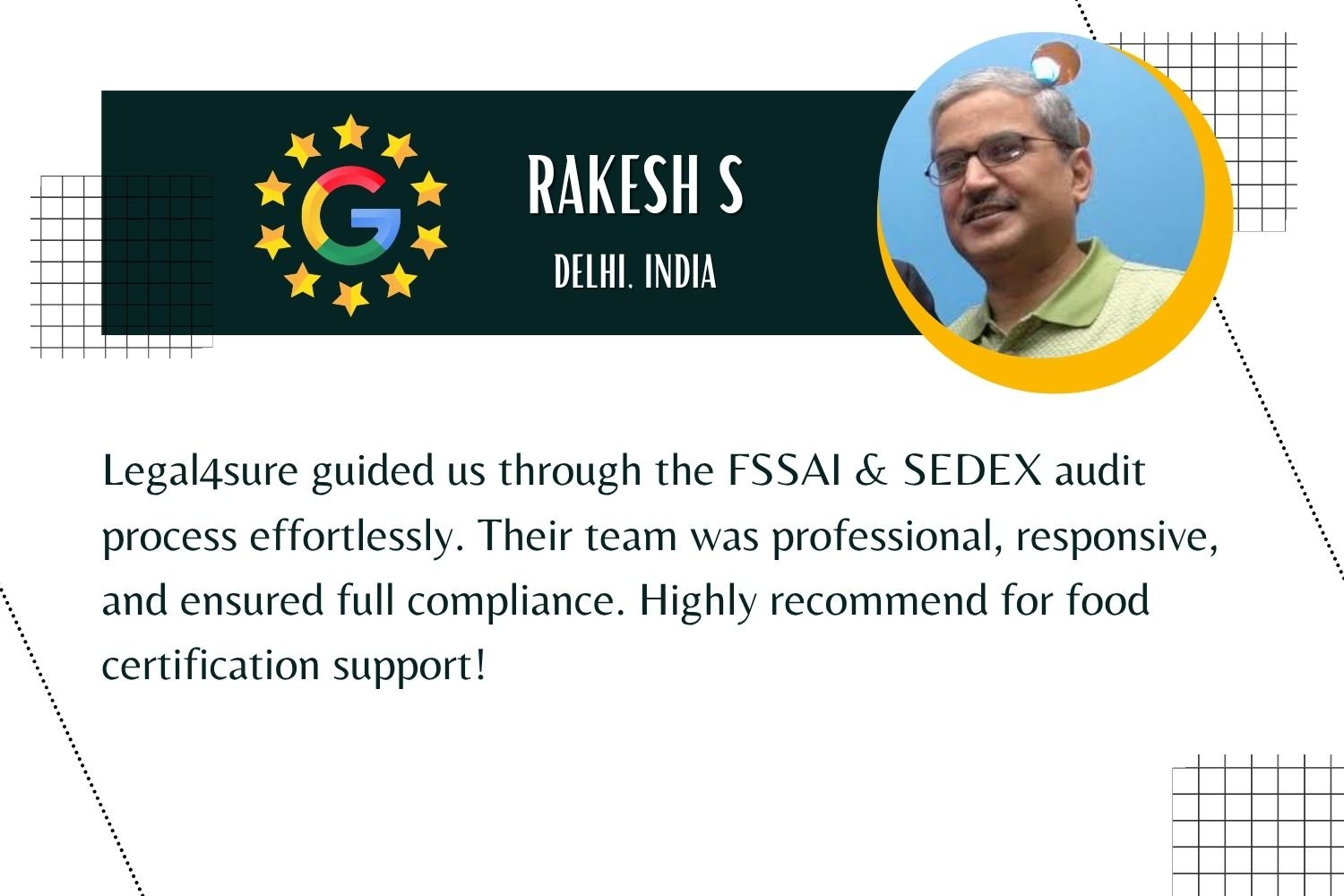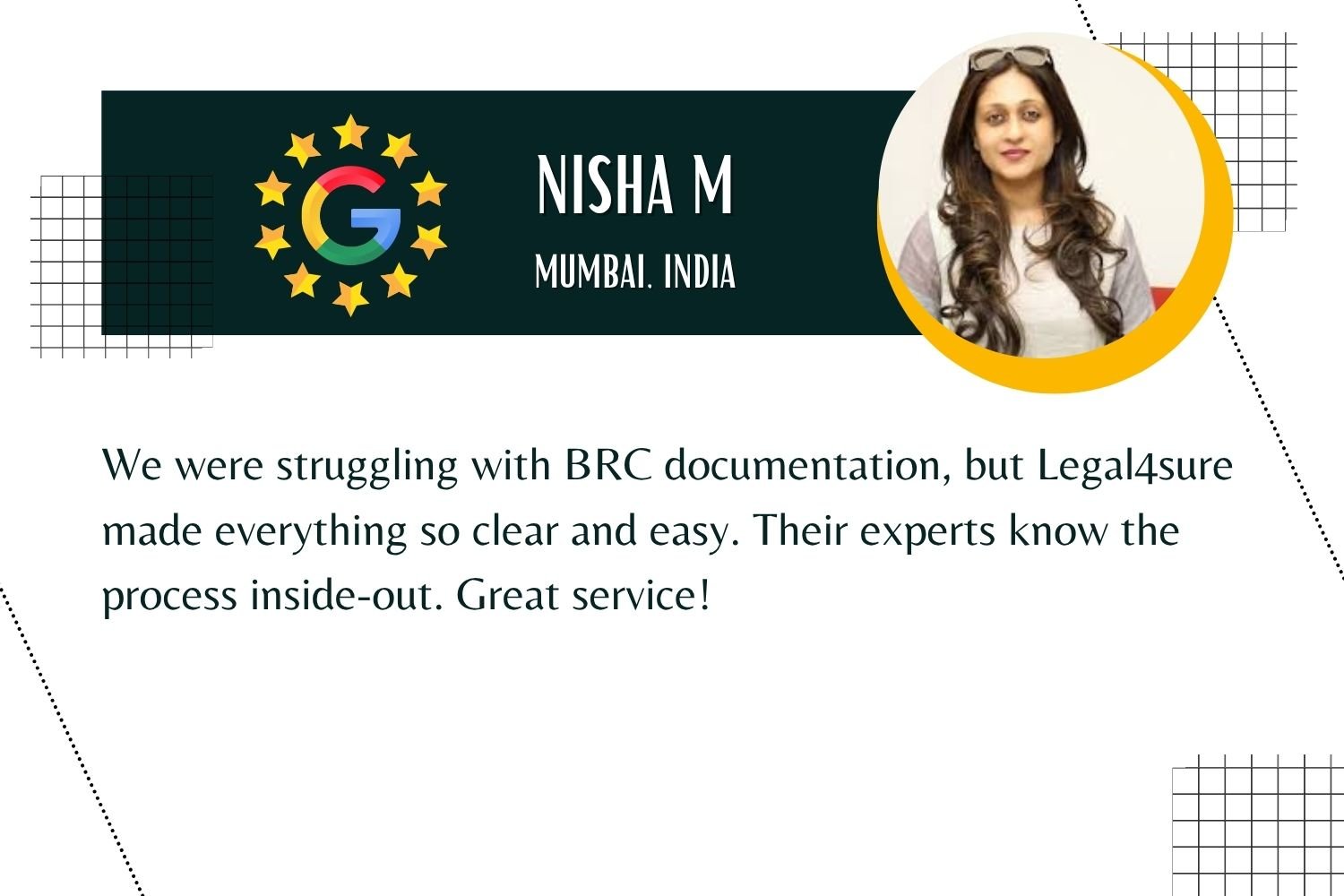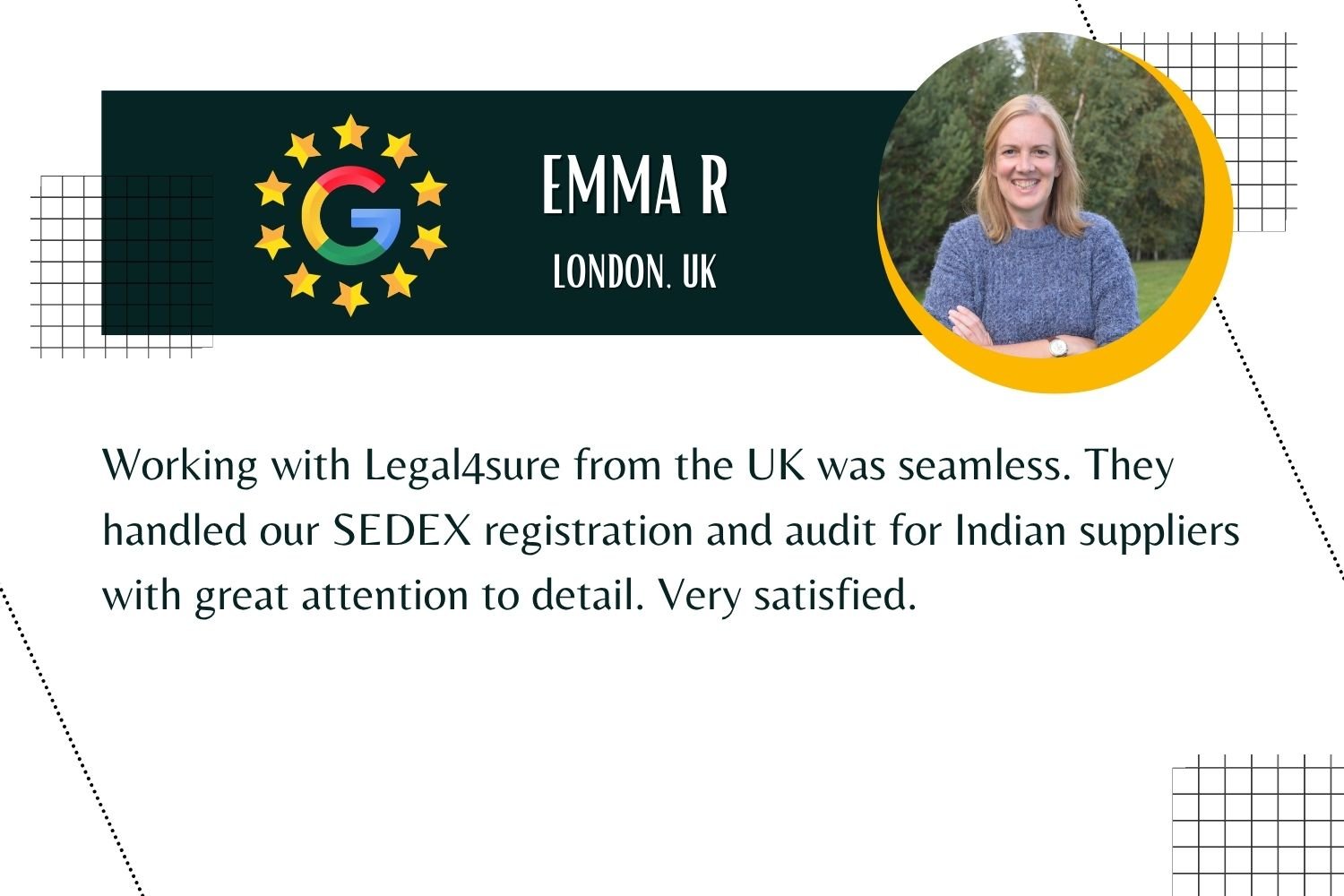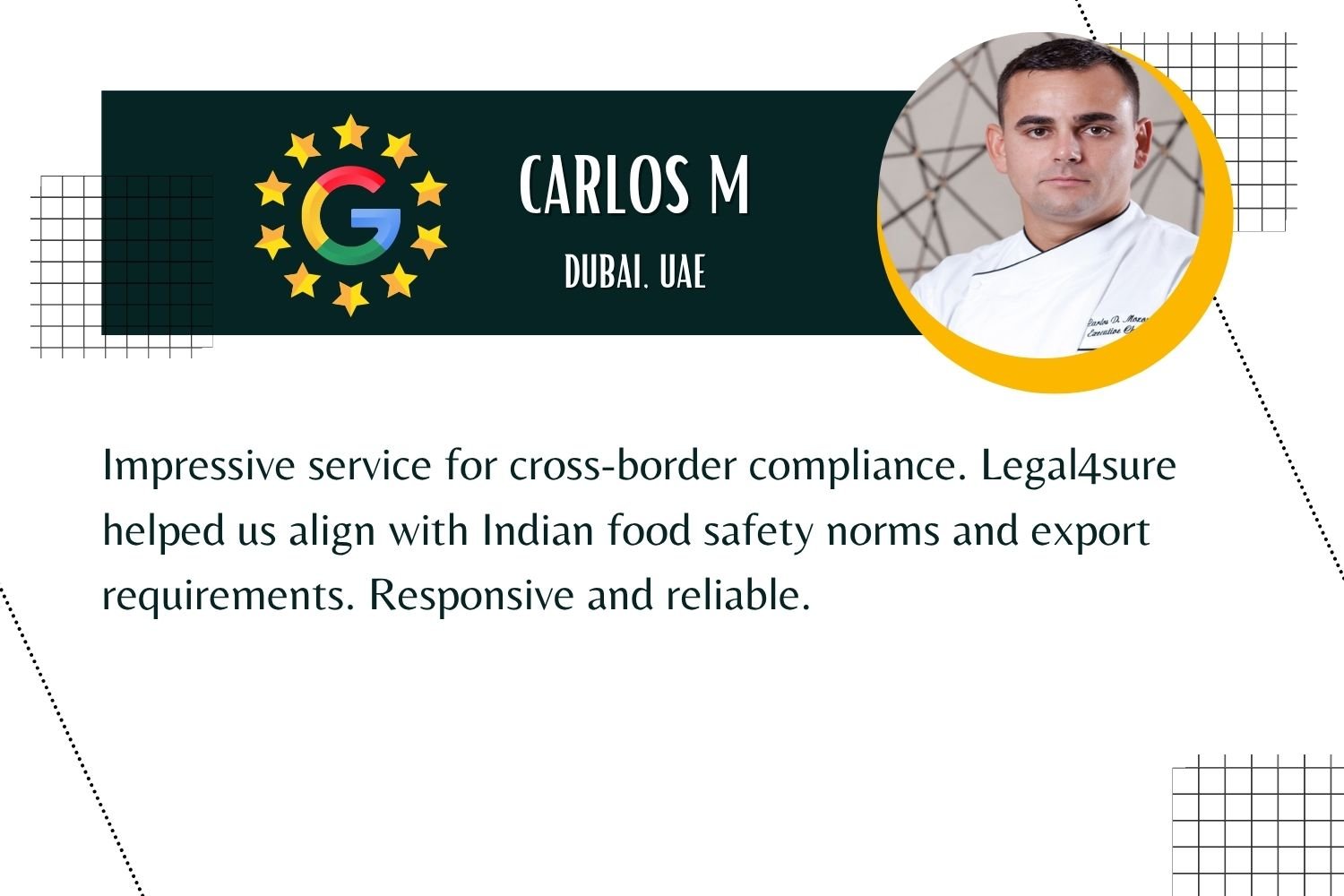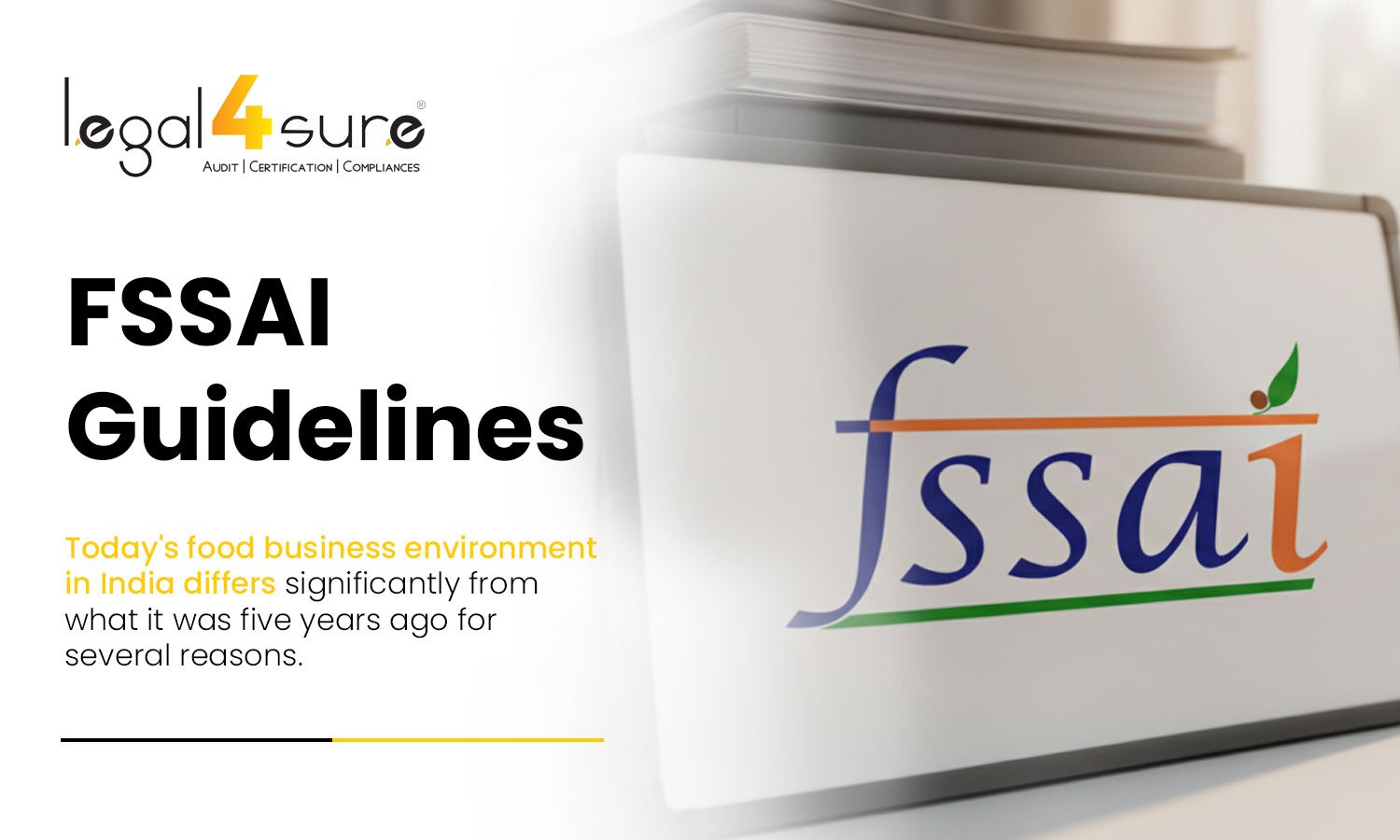Operating a food plant is difficult. Some clients want to trust what they consume, auditors reviewing your records, and regulators inspecting everything in between. It can feel really busy with so many food safety standards. But only one will enable you to secure the right contracts and expand your company finally. Knowing the true differences between FSSC 22000 vs ISO 22000 vs BRCGS will help you to choose the one best suited for your requirements.
In this blog, we’ll cover the specifics of each standard, its benefits, and how to select the best fit without being misled by technical terms or marketing propaganda.
Not All Food Safety Certifications Work the Same
The common goal of all GFSI-recognized standards, except ISO 22000 taken alone, is to reduce risks in food production. We should compare the similarities between the FSSC 22000 vs ISO 22000 vs BRCGS. Nevertheless, their approaches and the demands they place on your staff are different.
In terms of structure, specificity, and food production, preventative management, they differ. Consequently, the answer to the question of which food safety standard is best depends on your business, your clients, and your operations.
FSSC 22000 A Complete System Built on ISO Foundations
Here are the variations among FSSC 22000 vs ISO 22000, vs BRCGS. FSSC 22000 builds on ISO 22000 by including vital components to address its limitations. It comprises more GFSI-mandated elements, including allergen management and food fraud prevention, as well as the ISO 22000 standard and the ISO/TS 22002-1 essential programs.
For this reason, companies that need to comply with all food manufacturing laws while still following ISO’s framework should choose FSSC 22000. It’s a system recognized globally and in compliance with the requirements set by GFSI and the majority of big purchasers, rather than simply a list. If you’re expanding your business or exporting, this may be the most adaptable option.
ISO 22000 Built for Flexibility and Management Focus
ISO 22000 provides a high-level food safety management system based on ISO’s widely used Plan-Do-Check-Act model. It has a flexible design. But the problem is? In its default configuration, ISO 22000 does not establish hygiene standards for food production. To meet GFSI criteria, ISO/TS 22002-1 would need to be included.
If you’re already acquainted with ISO standards like ISO 9001, this may be a simple integration. But without the further technical specifications, ISO 22000 alone won’t be sufficient to satisfy GFSI auditors.ISO 22000 comes with numerous requirements, which can be both a strength and a challenge. Ideal for building systems, but devoid of specifics unless you include it.
BRCGS The Most Prescriptive and Retail-Focused Option
The BRC Global Standard for Food Safety, known as BRCGS for short, is what we’ll be discussing. This one isn’t joking around. The main goal of the BRCGS is to maintain real, operational control. It advises you on what, how, and when to do it. It is retail-approved, organized, and clear.
Walmart, Costco, and UK supermarkets? In many cases, BRCGS is necessary. It places a strong emphasis on traceability, documented processes, preventative measures in food production, and verifiable evidence that your systems are effective.
When comparing FSSC 22000 vs ISO 22000 vs BRCGS, BRC Global Standard for Food Safety comes out on top in terms of structure and retailer trust, but at the cost of some flexibility.
Comparing Food Safety Schemes
Here’s a quick comparison of GFSI food safety standards for manufacturers:
| Feature | ISO 22000 | FSSC 22000 | BRCGS |
| GFSI recognized | ❌(alone) | ✅ | ✅ |
| ISO based | ✅ | ✅ | ❌ |
| PRP’s built-in | ❌ | ✅ | ✅ |
| Detailed Requirements | Moderate | High | Very high |
| Global buyer acceptance | Medium | High | Very high |
| Customisation | High | Medium | Low |
So, in the battle of FSSC 22000 vs ISO 22000 vs BRCGS, it’s not about the best, but about what works best for you.
Which Food Safety Certification Is Right for Your Plant
You should consider more than simply the paperwork when deciding which food safety standard is appropriate for your facility.
Ask the following questions to begin:
- Who makes up your customer base?
- Which markets do you cater to?
- How mature is your present food safety system?
ISO 22000 is a wonderful starting point if you are new and want something adaptable. Want to expand your company and become GFSI-ready? FSSC 22000 is your next step. And if you’re trying to fulfill tight criteria for major brand merchants, BRCGS is probably your best option.
These standards ultimately aren’t universal. Consider them instruments; you just need to choose the one most appropriate for your company.
FSSC 22000, ISO 22000, and BRCGS Which Is Right for You
Regarding FSSC 22000, ISO 22000, or BRCGS, there is no single approach that fits in every case. These are just instruments; the finest one is the one that matches your business’s operation.
ISO 22000 is a perfect first step if you aim to improve internal operations. Though it misses some things, it is easy and adaptable. Building on ISO but including the additional layers needed to go bigger, global compliance, FSSC 22000 takes it one step further. It’s a smart move if you’re thinking bigger or planning to grow.
On top of that, BRCGS offers a straightforward route to gaining the confidence of retailers who have high standards. So, which food safety standard is “the best”? Simply put: the one that genuinely strengthens your safety practices and fits your people, your plant, and your plans for the future.
Not sure if you need ISO, FSSC, or BRCGS?
Not sure if you need ISO, FSSC, or BRCGS? Legal4sure makes the choice simple. Our experts guide you on the right certification, prepare your factory for audits, and ensure compliance without stress. Start your journey today with Legal4sure and grow confidently.
Take the first step toward FSSC 22000 compliance
Partner with Legal4sure for FSSC 22000 certification. We simplify compliance, guide your team, and help your factory earn buyer trust while unlocking global growth opportunities with expert support.






